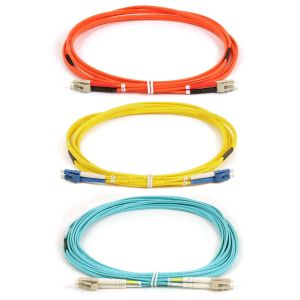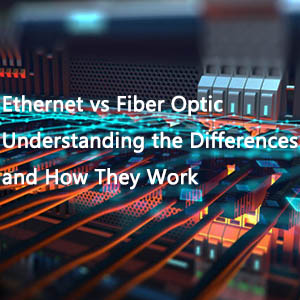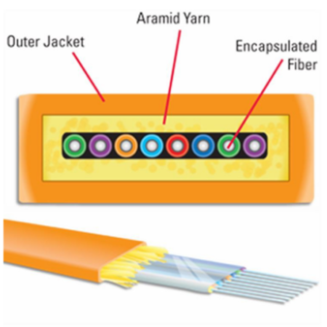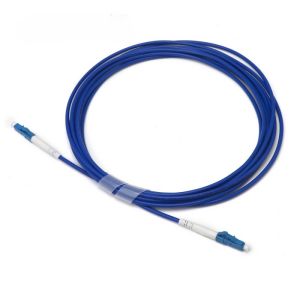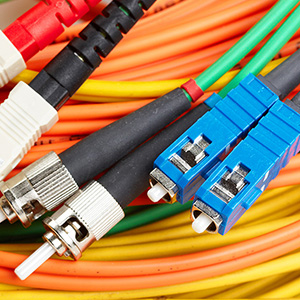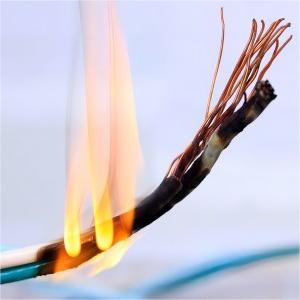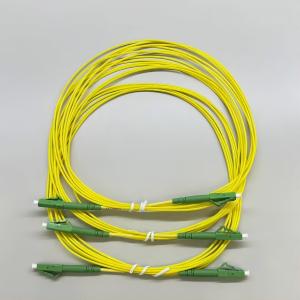An Optical Distribution Frames (ODF) is a key component in fiber optic networks, responsible for organizing and managing fiber optic cables. It serves as a central point where fiber optic connections are made, helping ensure efficient signal transmission and easy maintenance. Whether in data centers, telecom facilities, or network hubs, ODFs ensure that your fiber optic system is organized, accessible, and scalable.
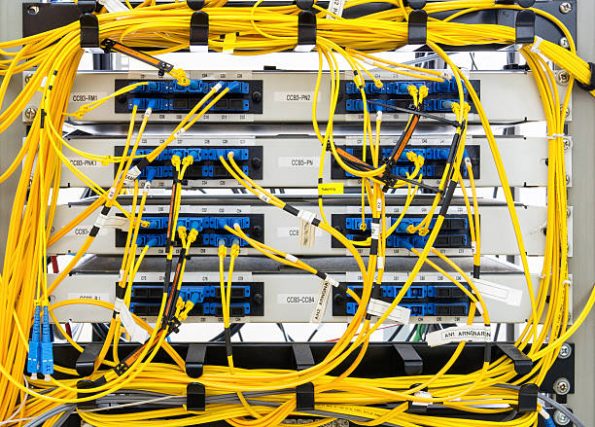
What Is an Optical Distribution Frames (ODF)?
An Optical Distribution Frame (ODF) is a crucial infrastructure component in optical fiber networks used to manage, organize, and protect fiber optic cables. Essentially, an ODF serves as a centralized location for the termination and interconnection of optical fibers. It provides a structured space for fiber optic patch panels, fiber splicing, and cabling management.
ODFs are typically used in telecommunications facilities, data centers, and network management areas to connect incoming and outgoing fiber optic cables, ensuring that signals are properly routed and maintained. With the increasing demand for high-speed internet and communication systems, an efficient and well-organized ODF is more important than ever for network reliability and scalability.
Key Features and Components of an ODF
An ODF consists of several key components that work together to ensure the proper management and organization of fiber optic cables. Below are the main parts of an ODF:
1. Fiber Optic Patch Panels
Patch panels in an ODF allow for easy connection and disconnection of fiber optic cables. These panels are equipped with fiber optic adapters and connectors for easy termination and interconnection of fibers, typically using SC, LC, or MTP/MPO connectors.
2. Fiber Splicing Trays
Splicing trays are used to house and protect the fiber splices. Fiber splicing involves joining two fiber ends to ensure a continuous optical path. Splicing trays provide an organized and secure place for these delicate fibers.
3. Cable Management Systems
Effective cable management is essential to maintain the order and accessibility of fiber optic cables within an ODF. Cable trays, cable ties, and fiber guides ensure that cables are neatly arranged, minimizing the risk of damage and simplifying maintenance.
4. Fiber Optic Connectors
These connectors are used to join different lengths of fiber optic cables, providing flexibility and the ability to change connections quickly. Popular connectors used in ODFs include SC, LC, FC, and MTP/MPO connectors.
5. Fiber Enclosures and Racks
ODFs often come in the form of enclosures or racks designed to house the fiber management system. These enclosures can be wall-mounted or stand-alone units, depending on the requirements of the installation.
6. Management Accessories
In addition to basic components, an ODF will include accessories such as patch cords, fiber optic adapters, and labeling systems to ensure efficient tracking and maintenance of fiber connections.
How ODFs Improve Network Efficiency and Performance
ODFs play a critical role in the management of fiber optic networks, improving both network efficiency and performance in several ways:
1. Efficient Cable Management
An ODF helps prevent the chaos of tangled cables by providing a central location for fiber optic cable management. With proper cable organization, maintenance becomes easier, and network downtimes can be reduced.
2. Improved Scalability
As networks grow and expand, adding new fibers or changing connections becomes easier when an ODF is in place. The system is designed for scalability, ensuring that additional cables can be added without disrupting existing connections.
3. Enhanced Network Reliability
By organizing fiber optic cables and connections, an ODF reduces the likelihood of signal degradation and damage. Properly managed fibers are less prone to mechanical stress, which can cause breakage or connection failures.
4. Easier Troubleshooting and Maintenance
When fiber optic cables are neatly organized within an ODF, it becomes much easier to identify and troubleshoot issues. Technicians can quickly locate the source of any network disruptions and perform maintenance or upgrades without disrupting other parts of the network.
Types of Optical Distribution Frames
ODFs come in various configurations to suit different network needs. The most common types are:
1. Wall Mount Optical Distribution Frames
The Wall Mount Optical Distribution Frame (ODF) is a compact and efficient fiber management solution designed for small-scale fiber distribution. Its space-saving box-like structure allows for easy wall mounting, making it ideal for environments with limited floor space.
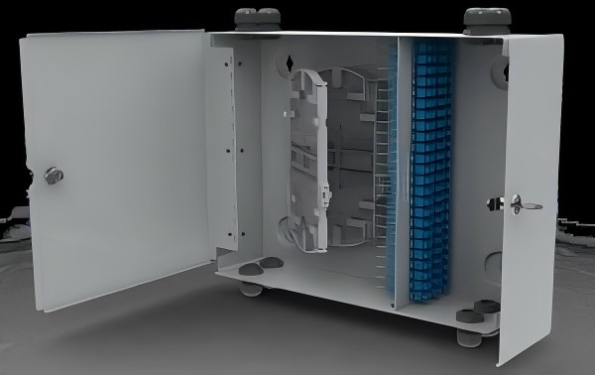
2. Rack-Mounted Optical Distribution Frames
Rack-mounted ODFs are designed to fit into standard 19-inch server racks. They are widely used in data centers and telecom facilities because of their modularity and space efficiency. Rack-mounted ODFs can be expanded as the network grows.
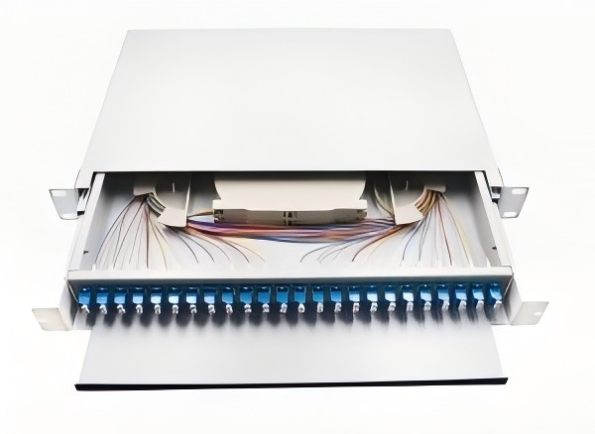
3. Modular Optical Distribution Frames
Modular ODFs allow for a customizable setup, where different components such as patch panels, splicing trays, and cable management units can be added or removed according to specific network requirements. These systems offer flexibility and scalability.
How to Choose the Right ODF for Your Network
When selecting an ODF for your fiber optic network, there are several factors to consider:
- Capacity: Determine the number of fibers you need to manage now and in the future. Choose an ODF that can accommodate future expansions.At present very common to find ODF with 24 ports, 48 ports or even 144 ports for fiber optic cables in the market now. At the same time, many suppliers can provide customized ODF according to customer needs.
- Space Requirements: Consider the available space in your facility and the type of installation (wall-mounted or rack-mounted).
- Customization Needs: If your network requires a specific configuration, choose a modular ODF that allows for flexibility in cable management and component selection.
- Connector Compatibility: Ensure that the ODF supports the types of fiber optic connectors (SC, LC, MPO, etc.) that your network uses.
- Environmental Conditions: If the ODF will be installed in a harsh environment, select a durable unit designed for outdoor or industrial use.
Conclusion
Optical Distribution Frames (ODF) is an important part of all optical fiber networks, ensuring efficient management, scalability and performance. Using high-density ODF will reduce costs, and it will make your network easier to maintain and expand by organizing and protecting optical fiber cables. In addition, if you are still comparing and considering the need to meet current needs and solve future challenges, ODF with high reliability and flexibility undoubtedly the best choice.

